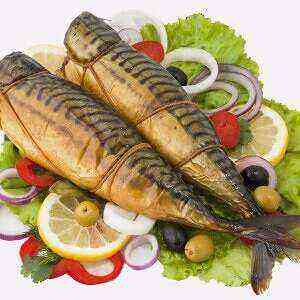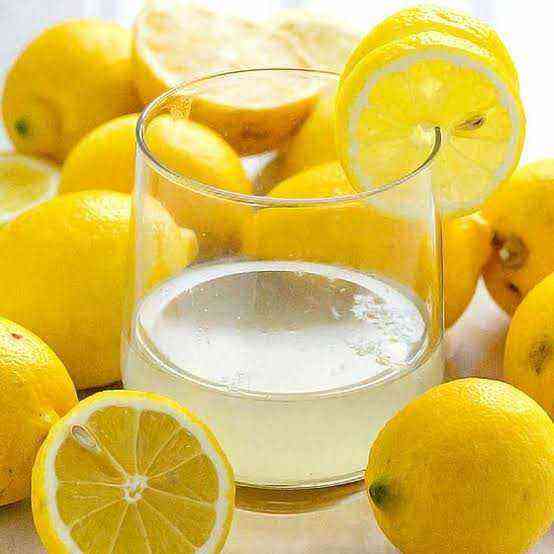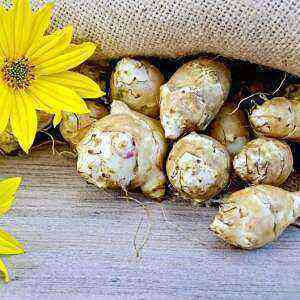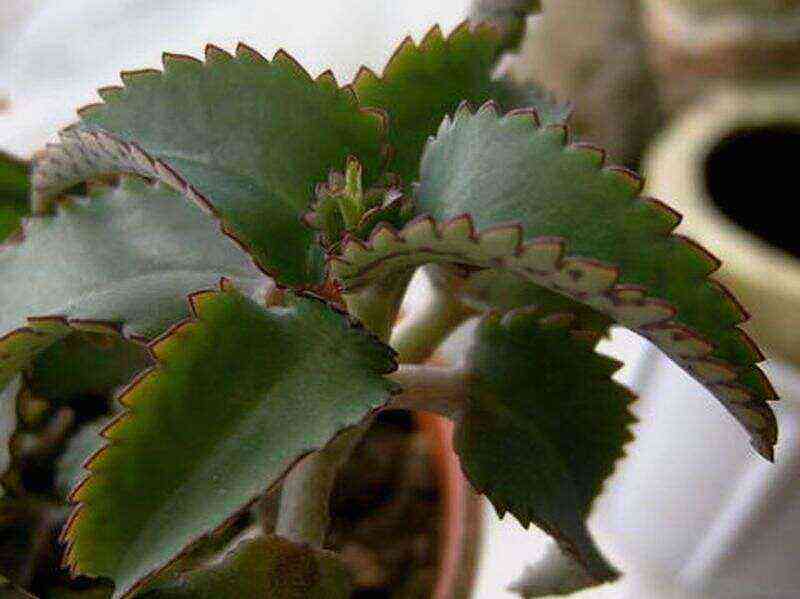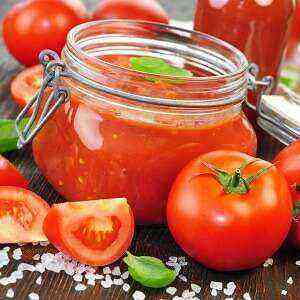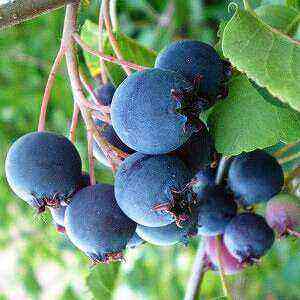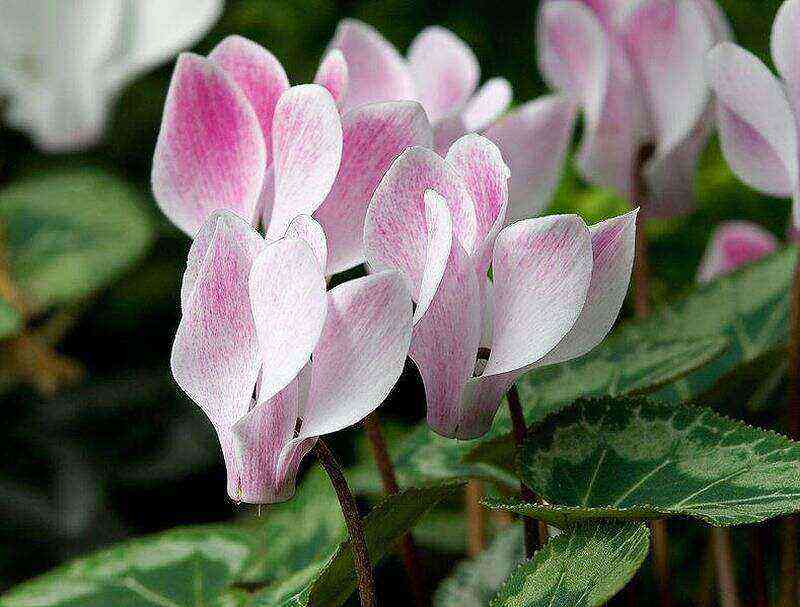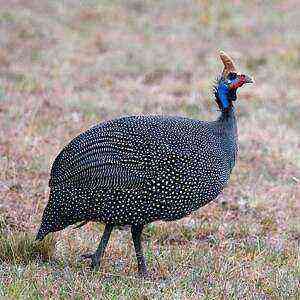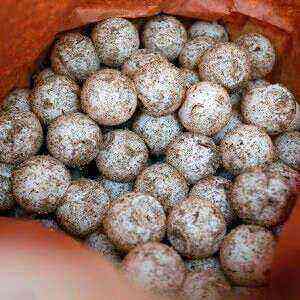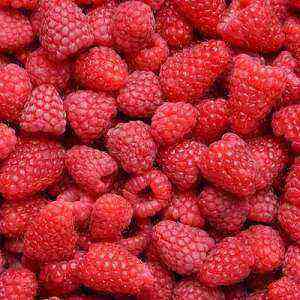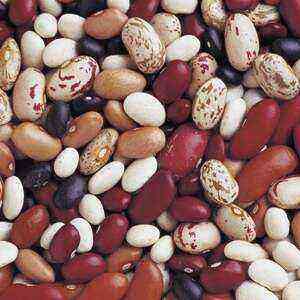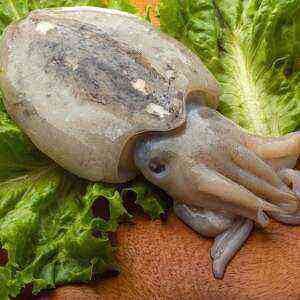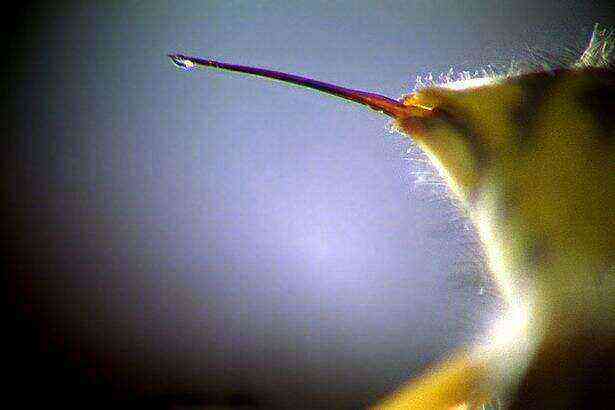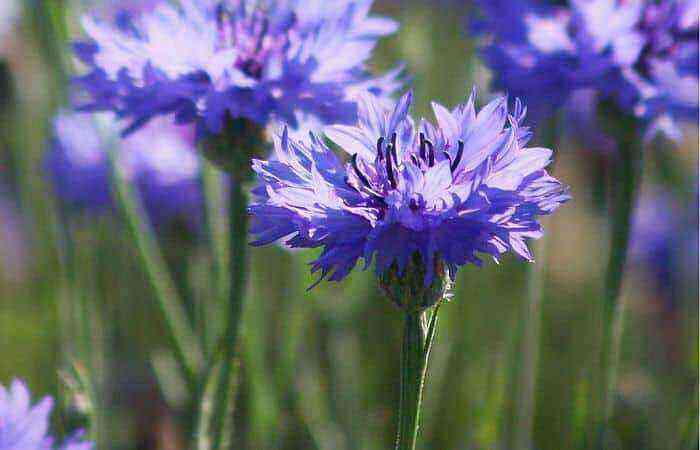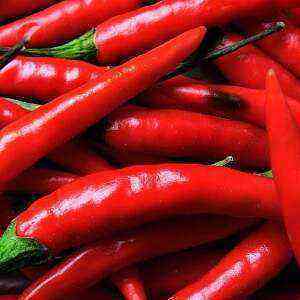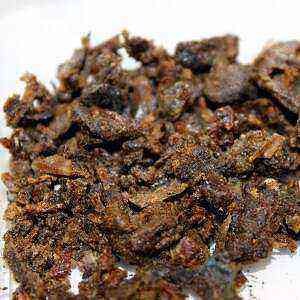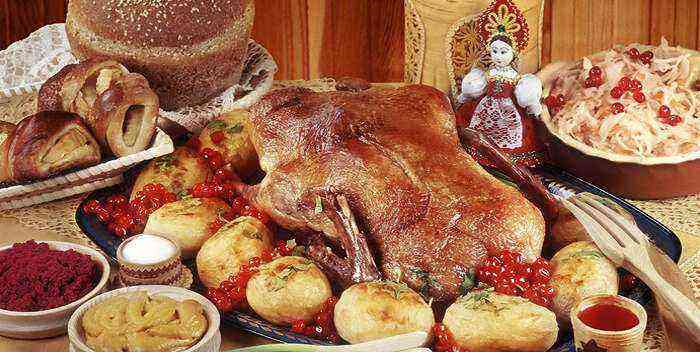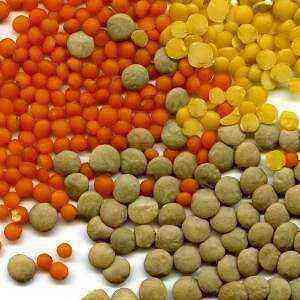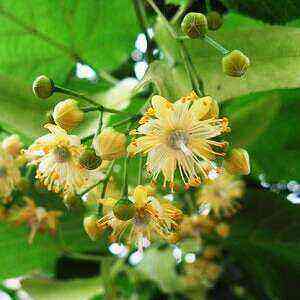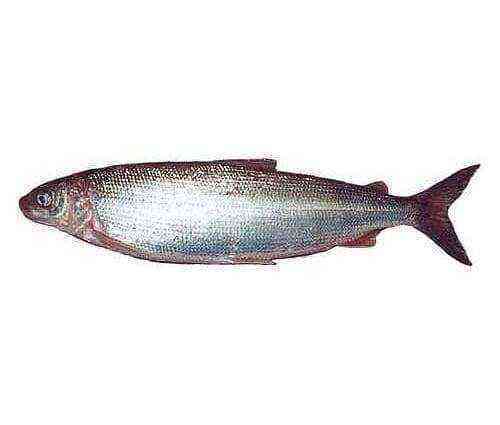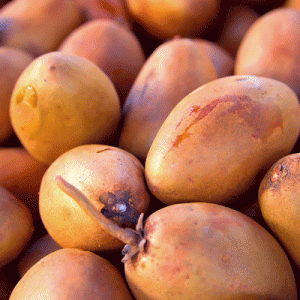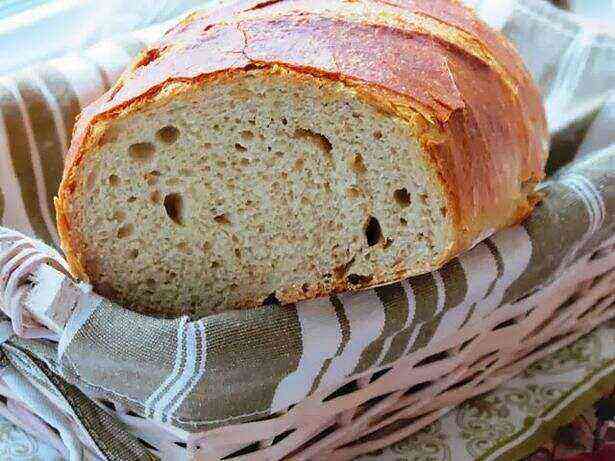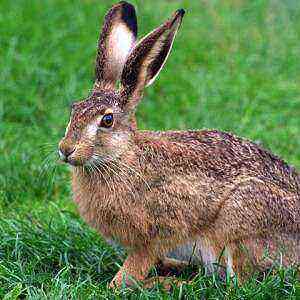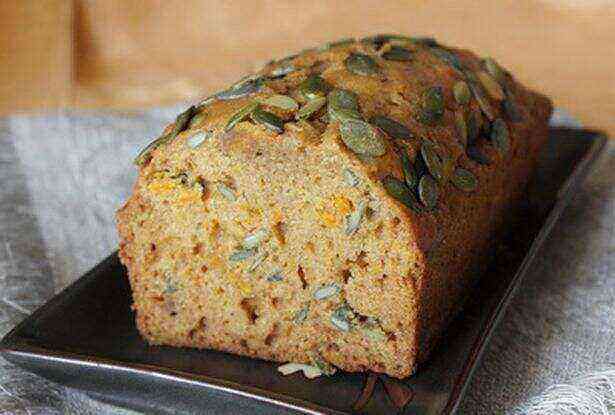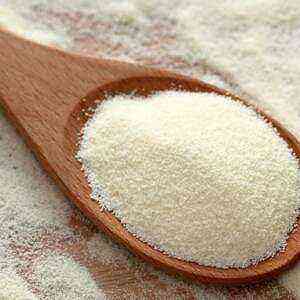Barberry (lat. Berberis) is a tall shrub or a small tree of the Barberry family. Barberry has long been considered a cultivated plant, and is bred mainly in gardens, parks, especially popular as a hedge due to its dense thorny branches. It can be found in central Russia, in the south of Europe, in the Crimea and the Caucasus.
Barberry is a very valuable horticultural crop, an excellent honey plant. It is especially appreciated for its fruits – small berries containing many useful substances.
Composition and useful properties of barberry
Barberry berries have a rich chemical composition, contain: organic acids – citric, tartaric, malic; carotene, vitamin K, natural sugars, pectins. The fruits contain a large amount of vitamin C, which determines its useful and medicinal properties.
The beneficial properties of barberry are not only the fruits of the plant – the roots, leaves and bark also contain a lot of valuable things – tannins, alkaloids, for example, berberine. Thanks to these substances, the plant has long and successfully been used in folk and traditional medicine as a medicinal raw material.
Barberry is used for the preparation of medicines for internal bleeding, choleretic for deskinesia of the biliary tract, for other diseases of the gallbladder, in particular, cholecystitis. The raw materials of the plant are found in many diabetes medications. The presence of pectins in barberry gives the body the ability to remove toxins and decay products.
Use in traditional medicine and cooking
In folk medicine, barberry is also used as an effective choleretic agent and as a mild laxative and non-addictive diuretic. The leaves and bark of trees are used for the preparation of medicinal decoctions and infusions. Due to their tannins and astringent properties, they have excellent anti-inflammatory and antipyretic effects. Decoctions and infusions of barberry stimulate appetite and strengthen the heart muscle; they are recommended to drink in winter instead of tea to strengthen the immune system and saturate the body with vitamins.
Berries, leaves and bark of barberry can be dried and stored for future use – dried parts of the plant do not lose their medicinal properties (provided they are stored correctly). It should be remembered that green berries are slightly poisonous, so they should not be consumed to avoid poisoning.
In cooking, barberry is used to make preserves, jams, compotes, nectars, liqueurs, and wines. Berries have a pleasant aroma, and therefore the fruit extract is used to flavor alcoholic beverages, confectionery, candy, tea.
A wide variety of tinctures and liqueurs with alcohol and cognac are prepared from barberry. Dried and crushed barberry fruits are used as a seasoning for pilaf, meat or fish.
